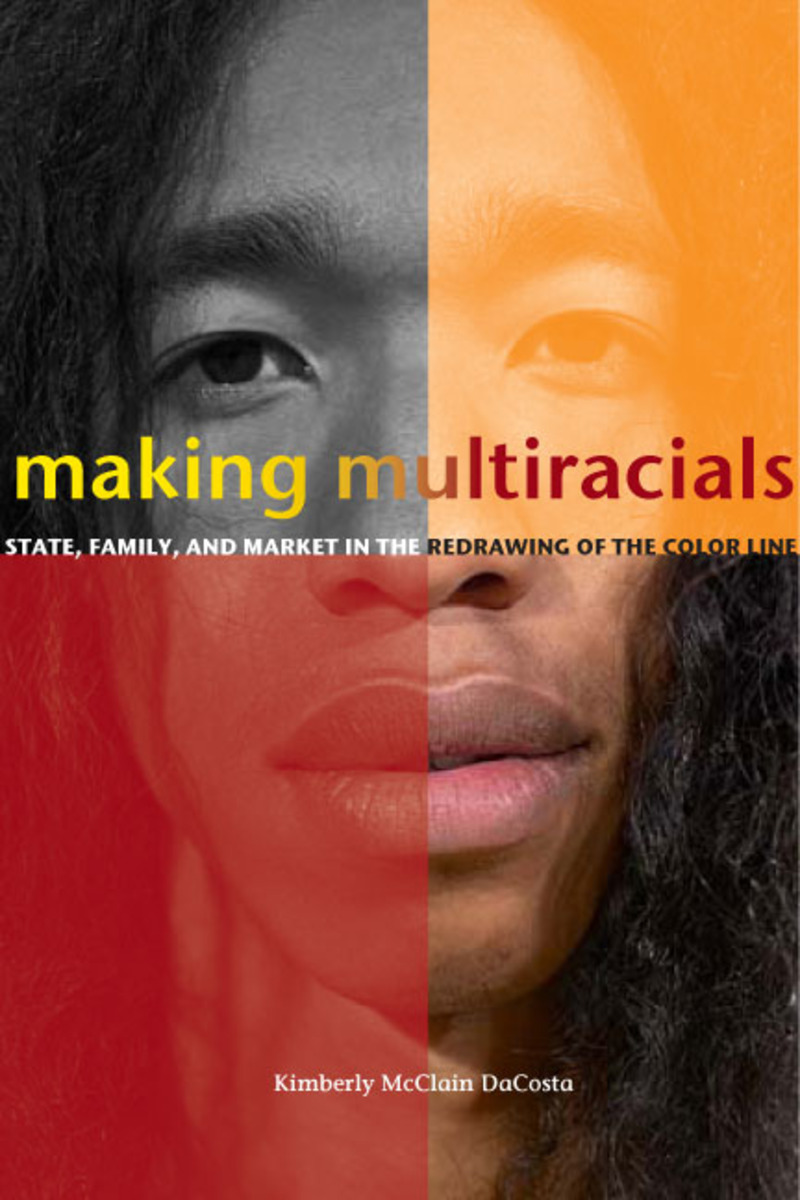Friendship choices of multiracial adolescents: Racial homophily, blending, or amalgamation?
Social Science Research
2007
Number 36
pages 633-653
Jamie Mihoko Doyle
Department of Biostatistics and Epidemiology
University of Pennsylvania
Grace Kao, Professor of Sociology, Education, and Asian American Studies
University of Pennsylvania
Using the National Longitudinal Study of Adolescent Health (Add Health), we utilize the concepts of homophily, blending, and amalgamation to describe the possible friendship patterns of multiracials. Homophily occurs when multiracials are most likely to choose other multiracials as friends. Blending occurs when friendship patterns of multiracials are somewhere in-between those of their monoracial counterparts. Amalgamation consists of friendship patterns that are similar to one of their monoracial counterparts. All groups exhibit signs of amalgamation such that non-white multiracials resemble Blacks, and White multiracials resemble whites except for Black-White multiracials. Black-Whites, Asian-Whites, and Asian-Blacks also exhibit signs of blending, while only Native American multiracials show signs of homophily. Multiracials have different experiences depending on their specific racial composition, and while they seem to bridge the distance between racial groups, their friendship patterns also fall along Black and White lines.
Introduction
In Robert E. Park’s seminal essay in 1928, he argues that a multiracial person lives in “two worlds, in both of which he [or she] is more or less a stranger,” (Park, 1928, p. 893). This idea, often referred to as The Marginal Man Theory, has dominated sociological thinking about multiracials and their position in the racial structure of the United States and elsewhere. In the new millennium where multiracial identities are more prevalent and are officially recognized by the 2000 US Census, one emerging question is how multiracial people might self-identify in the modern racial landscape. Do they remain in the racial borderlands or act as a bridge between their two or more racial groups, as Park and Stonequist suggest, or do they simply assimilate into one of their monoracial counterparts?
To address this question, we investigate the extent to which self-identified multiracials are integrated into single-race groups by examining their best friend choices during adolescence. We know that racial groups are salient in part because peer groups tend to be racially homogeneous. Friendship choice offers a gauge of the social distance between groups; best friends, in particular, show with whom people feel the closest identification and greatest sense of acceptance.
Our paper proceeds as follows. We first delineate the specific contributions of previous research, focusing on the limited literature on multiracials and research on the determinants of peer selection. Then, drawing on key points from selected literature, we sketch our theoretical approach to this study and outline our hypotheses. We then describe our data, the National Longitudinal Study of Adolescent Health (Add Health). The survey instrument not only allows individuals to check two or more races, but unlike other datasets, provides linkages to the respondent’s friendship network, making it possible to directly examine survey responses by the respondent’s friends. Race of both the respondent and his/her best friend is self-reported, reflecting the racial identity of the respondent as well as his/her best friend. Lastly, we estimate logistic models using Generalized Estimating Equations (GEE) to examine the actual friendship choices of multiracial youth, taking into account the opportunities for interaction…
Read the entire article here.




